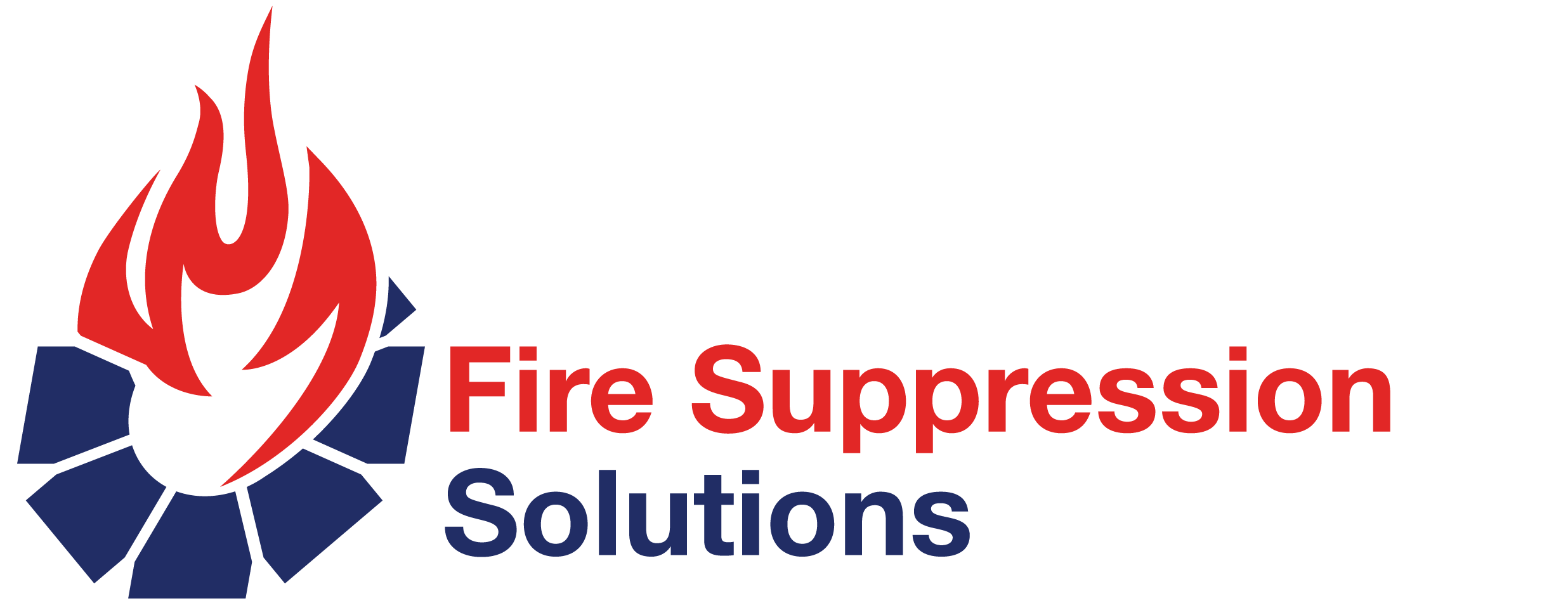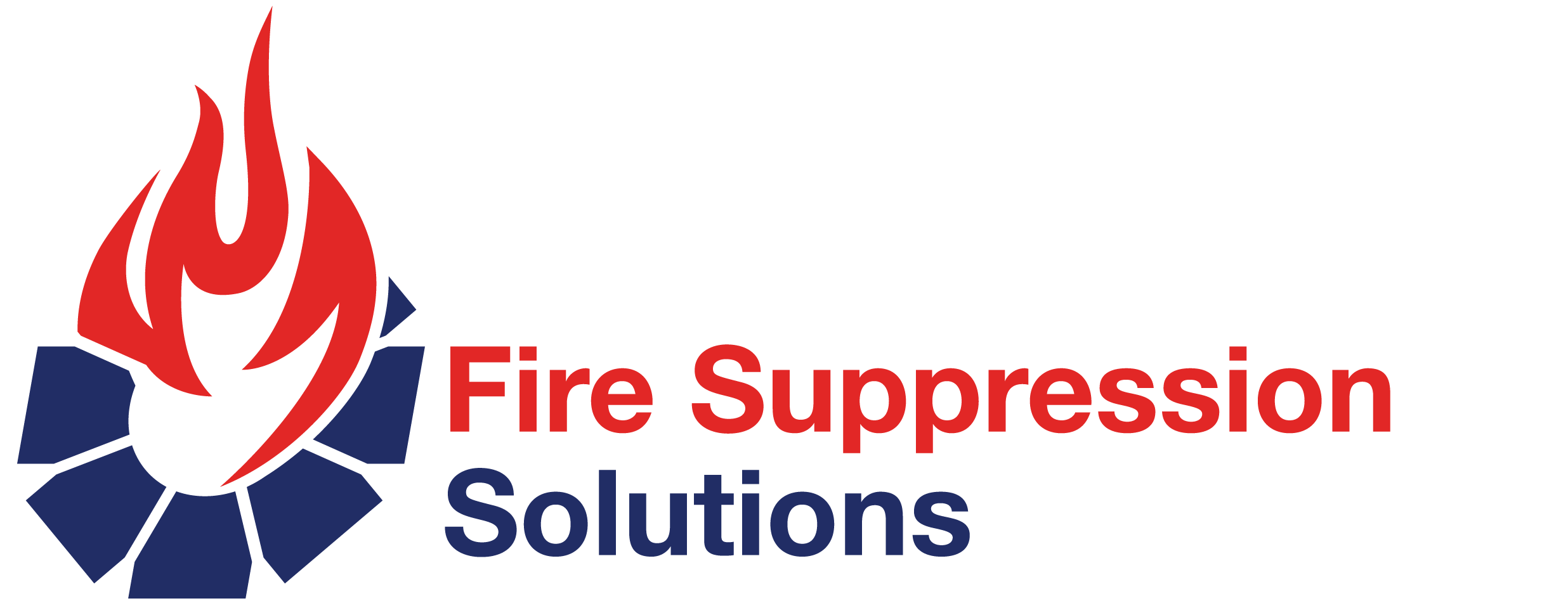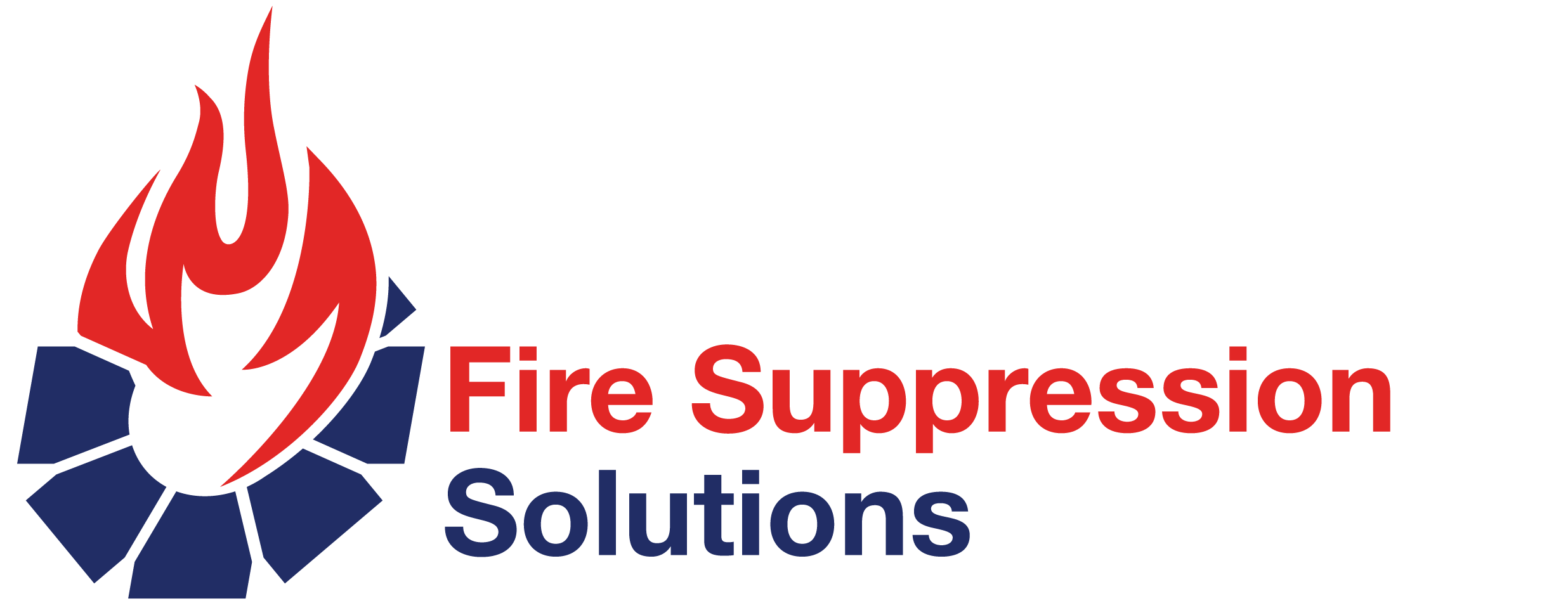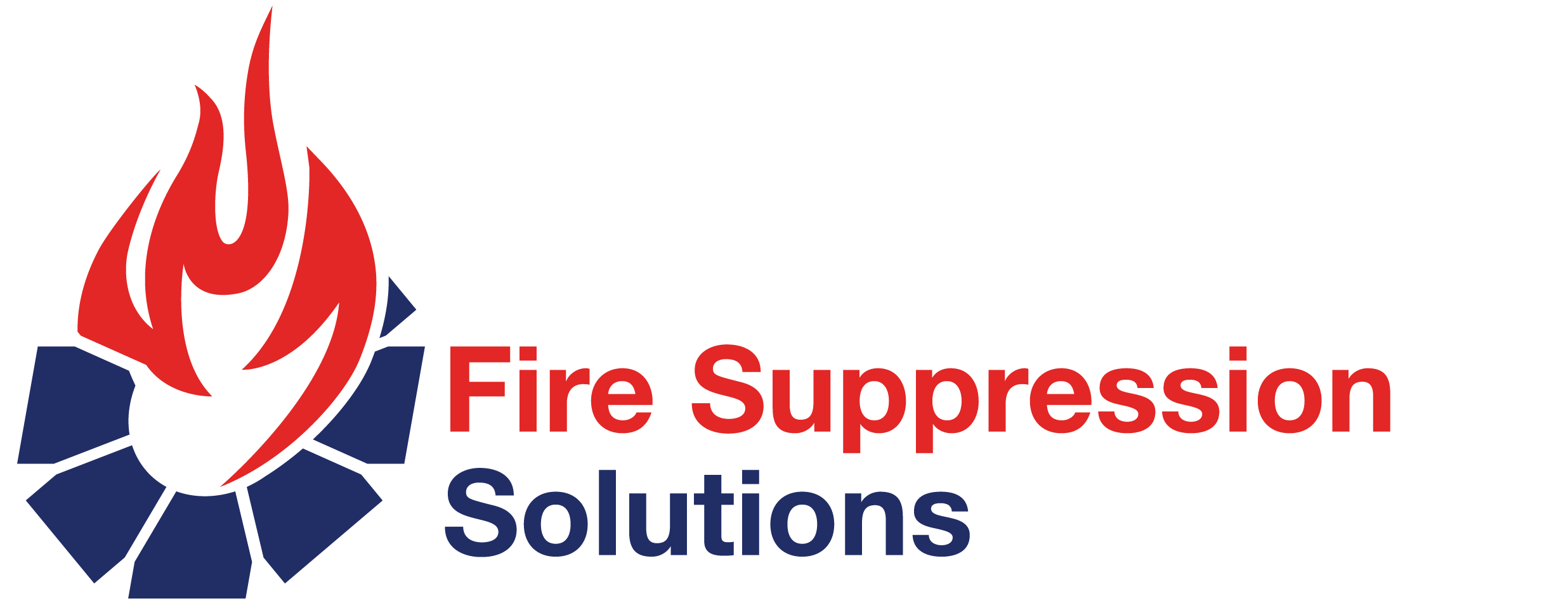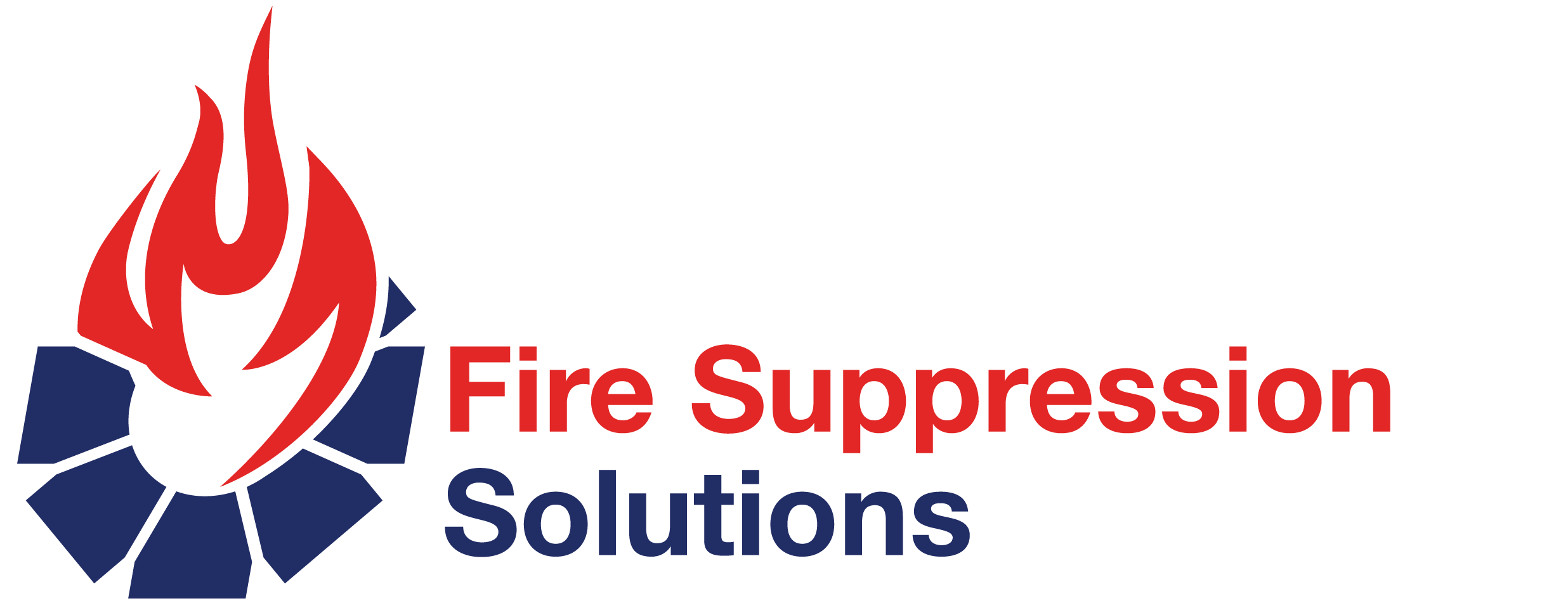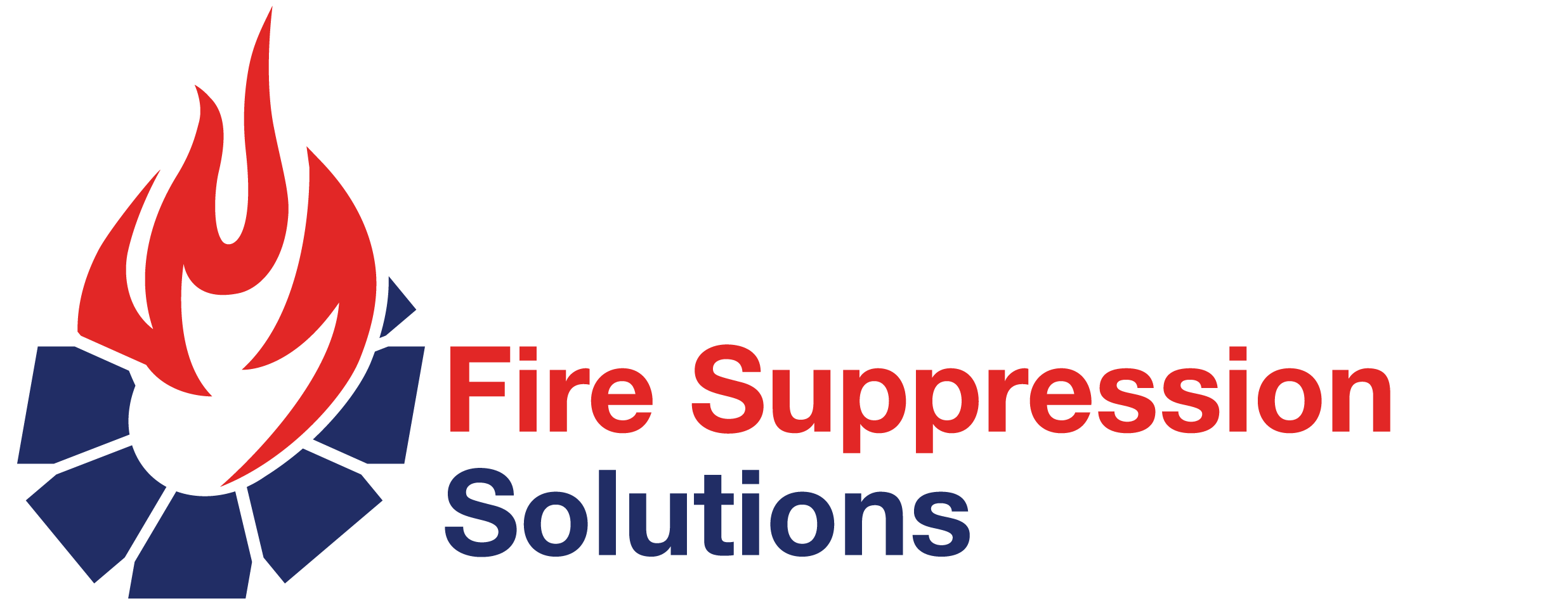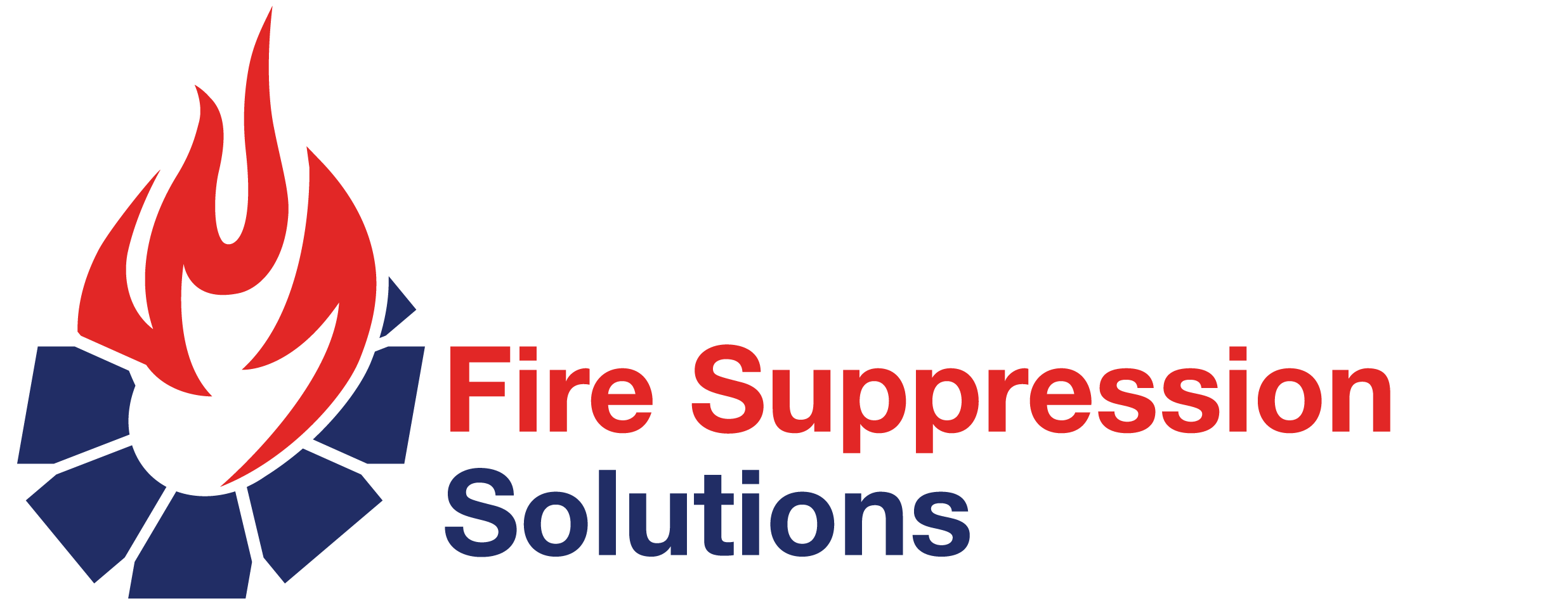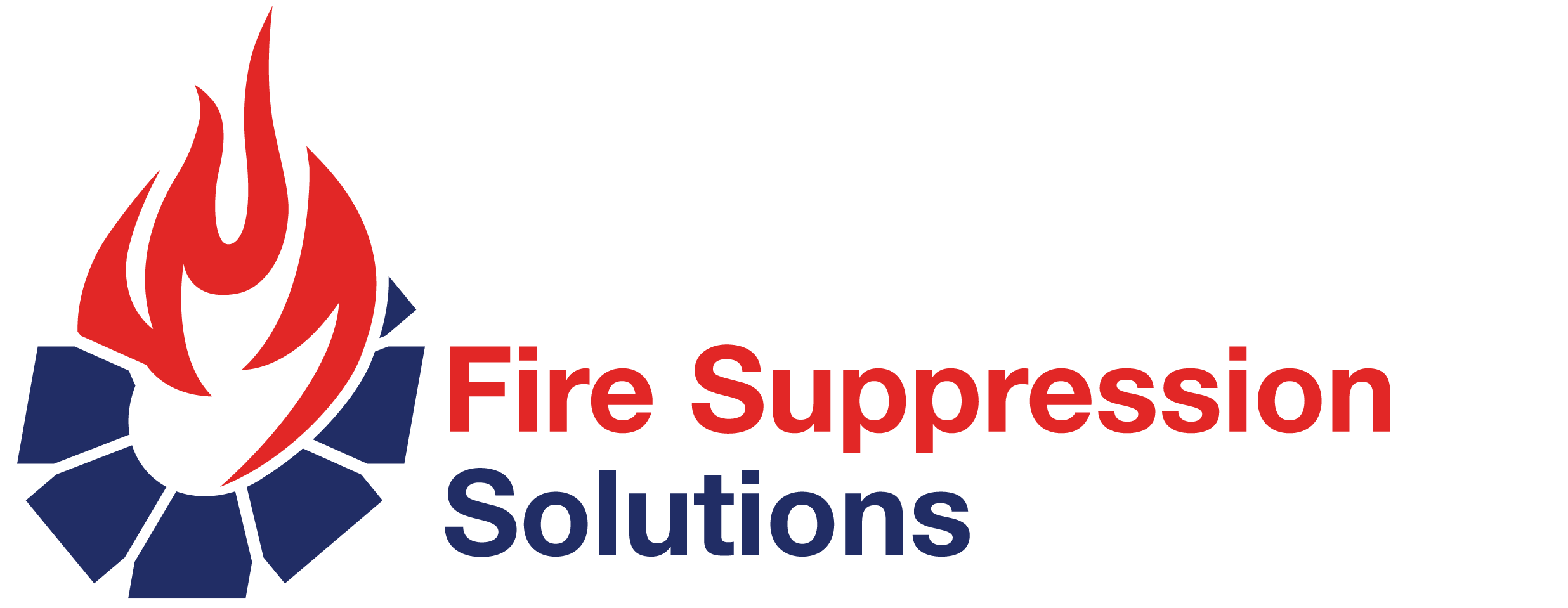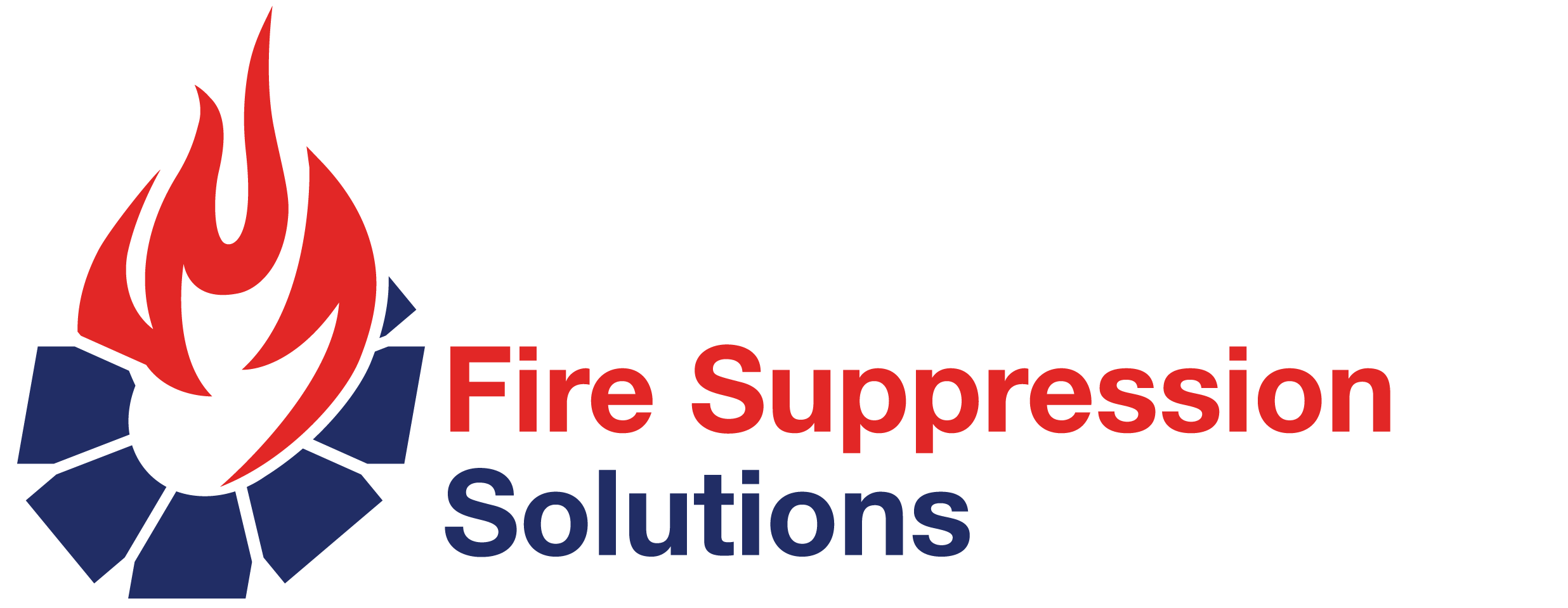Fire Suppression Systems–SANDVIK Level 2 Service
-
VDAS Loss Of Pressure (LOP) Fire Suppression System
-
Maintenance Service Record in accordance with AS5062.
Customer Details:
-
Customer
-
Location:
-
Date:
-
Machine ID No:
-
Machine Type
-
Machine Model
-
Purchase Order No:
-
Work Order No:
LOP 12 Monthly Service Sheet
-
Is the Equipment Serviceable?
- Compliant
- Non-Compliant
- N/A
-
Can the System be repaired
-
Parts used to repair system
Fire System Information
-
Cylinder Size
- 25
- 35
- 45
- 65
- 80
- 110
-
Water quantity 17.5 lt. / Foam 1.5 lt.
-
Water quantity 25lt. / Foam 2 lt.
-
Water quantity 32lt. / Foam 3 lt.
-
Water quantity 44 lt. / Foam 4 lt.
-
Water quantity 55 lt. / Foam 5 lt.
-
Verify and record the cylinder(s) manufacture date. If this exceeds five years old then the cylinder will require an inspection and hydrostatic test in accordance with AS2030.5 and AS2337.1.
-
Confirm and ensure all cylinder(s) bracket bolts are tight and bracket(s) are in a serviceable condition.
-
Water quantity 69 lt. / Foam 6 lt.
-
Nozzle Quality
-
Alarm Panel Type
Discharge Test
-
An annual discharge test can be used to confirm the system operates and performs as that intended as when originally commissioned.
Discharge of foam solution must be handled according to national or local waste regulations. Permission must be granted from the site representative before carrying out the discharge test. -
Ensure all discharge hoses are connected and nozzle caps are in place prior to discharge of system
-
Check that all nozzle dust caps have blown off and that all nozzles are discharging Foam solution correctly
-
If nozzles caps do not dislodge correctly or coverage is inadequate, nozzles or discharge hose assemblies may be blocked. In this case they will need to be changed out. After this flushing is completed, the system will need to be recharged and discharged again to confirm accurate discharge time and coverage.
-
Confirm that all fire risk areas are adequately protected by F3 foam
-
Record the effective discharge time in seconds
-
All actuation and discharge hoses must be flushed with compressed air or nitrogen to ensure any residual solution is removed from hoses
-
Refill and recharge Fire Suppression system as per below procedure
-
Reset display panel to normal operational condition
Disarming the System
-
The tank bung is designed with a pressure release allowing safe release of system pressure without triggering the system discharge. The tank bung is fitted with an O-ring and the system pressure is released via an internal port when the bung is turned in an anti-clockwise direction. This will vent all system pressure, including tank and all activation lines. Being a loss of pressure system, relieving pressure from any part the activation circuit will automatically activate the system discharge.
Actuation hoses - LOP System Flushing
-
The Fire suppression system must be isolated or depressurised prior to commencing any testing or maintenance to the actuation circuit to prevent the uncontrolled discharge of F3
-
Disconnect the Actuation hose assemblies at the cylinder discharge valve(s) and LOP detection tube connection points. Manual actuators will require the safety pin to be removed and the release valve lever turned anti-clockwise 90°
-
Warning: To avoid injury, ensure all disconnected actuation hose assemblies are adequately secured with p clamps or cable ties for this procedure
-
Connect the LOP actuation circuit to Nitrogen supply
-
Flush actuation circuit with nitrogen to ensure all contaminates are removed from the internals of the hose and hose fittings and ensure there arena restrictions
-
Re-connect 1/4" JIC fittings sealing threads
-
After system has been pressurized carry out actuation line leakage test
Storage containers
-
Remove discharge hose from cylinder valve.
-
Remove actuation hose from top of cylinder valve.
-
Remove filler port assembly
-
Remove foam solution from the cylinder.
-
Visually inspect exterior of all installed cylinders. Where a cylinder is dented, scored, pitted or otherwise damaged by corrosion and it cannot be determined if the damage is within the limits as detailed in AS 2337.1, then the cylinder shall be condemned.
-
Visually inspect interior of all installed cylinders. Where a cylinder is damaged by corrosion and it cannot be determined if the damage is within the limits as detailed in AS 2337.1, then the cylinder shall be condemned.
-
Re-fit and secure cylinders into brackets.
Replace LOP Decection Tubing
-
1. Locate all LOP deletion tubing 2. Confirm LOP Detection tubing locations are protecting the risk areas 3. Replace all LOP detection tubing and compression fittings 4. Replace all sheathers P clamps at required spacing using the correct sheathed p clamps. 5. Inspect the 1/4" Actuation Hose. Ensure that it is correctly secured to the LOP detection tubing 6. Pressurise detection circuit and carry out full actuation line leak test
Manual Actuators – Service
-
WARNING: Do not loosen any hose connections or fittings in the LOP actuation system while the system is
pressurised. This will cause the system to discharge. Prior to servicing any LOP actuators ensure the system is
depressurised by depressurising the PEFS F3 cylinders using the Schrader valve fitted to the cylinder Filler Plug
Assembly. Ensure pressure indicators on manual actuator reads zero pressure.
Replace Silicone Nozzle Caps
-
1. locate all nozzles (this includes pressure relief ports in LOP actuators<br>2. Remove old nozzle dust caps and discard<br>3. Clean nozzles including nozzle orifice using a clean cloth<br>4. Replace with new nozzle dust caps
Refilling with Solution
-
1. Select the correctly sized Sandvik fill tube for the cylinder being refilled<br>2. Insert tube with O-ring fitted into clean tank near the bottom edge of the tank<br>3. Ensure the tank bung is sealed<br>4. insert water hose through the tubes into the empty tank, ensure hose is all the way to the bottom of the tank to minimize turbulence 5. Turn on water and let the tank fill slowly. A rapid fill may create excessive turbulence that will result in overfilling 6. When the water overflows, turn the water off and remove hose 7. The water level will drop once the hose is removed, so slowly top up with water to the top of the nut. 8. Remove the fill assembly and let the remaining water in the tube drain into tank 9. Add foam concentrate according to the recharging instructions on the tank recharge label
System Pressurising
-
LOP systems are pressurised using the Schrader valve fitted on top of the LOP Valve Assembly or using the Schrader valve fitted on the manual LOP actuators.
WARNING: Do not pressurise a cylinder that is not in test date. -
1. Release any remaining pressure in the system through the tank bung<br>2. Remove the system control valve from the tank and flush tank with clean water<br>3. Flush all hoses with clean water and check that nozzles operate correctly <br>4. Clean or replace nozzles if required<br>5. Replace the auto fire detection tube<br>6. Turn handles on activation modules to closed position<br>7. Reset the solenoid if the systems activated electrically<br>8. Drain the tank of any remaining fluid<br>9. Fill tank as per water/foam table<br>10. Ensure the foam concentrate and water mix is completely blended in the tank before charging the system<br>11. Check that O-rings and sealing surfaces on control valve and tank bung are in good condition. 12. Screw system control valve and bung into tank 13. Tighten system control valve swivel nut to a minimum of 100 Nm and a maximum of 150 Nm. 14. Remove caps from system control valve outlets and reconnect main foam delivery hose. 15. Charge tank with nitrogen through the charging connection.
-
After Maintenance Activities
-
After all Yearly maintenance activities have been completed:
-
1. Ensure all pressure indicators are reading in the green zone.
-
2. Ensure all labels are in good condition (refer 6 monthly service item 8)
-
3. Ensure control panel (where fitted) is reset to its normal operation mode and is no longer in its “Isolation / Test” mode.
-
4. Ensure panel status lights are in normal condition (refer 6 monthly service item 2)
-
5. Complete routine service records in accordance with AS5062
-
6. Stamp Service Tag with the number “2” in the corresponding Year/Month location.
Further repairs required:
-
Comment:
Labour time:
-
Labour
Sign Off
-
I Hear by certify that the above system has been in accordance with AS5062 and the information on this service record is true and correct
From PIRTEK
-
Pirtek Centre Name:
-
Technician Name:
- Ashley Lawson
- Chris Paton
- Peter Eversham
- Tim Eversham
- Nick Stallard
- Coedy Kleinig
-
Cert Number: QTEC L1083
-
Email: Ashley@pirtekeme.com.au
-
Position: Service Technician
-
Cert No: L1084
-
Email: Chris@pirtekeme.com.au
-
Position: Service Technician
-
Cert No: E-086
-
Email: Peversham@pirtek.com.au
-
Position: Service Technician
-
Cert No: E-0146
-
Email: Teversham@pirtek.com.au
-
Position: Service Technician
-
Cert No: L0963
-
Email: Nick@pirtekeme.com.au
-
Position: Service Technician
-
Cert No: L0958
-
Email: Coedy@pirtekeme.com.au
-
Position: Service Technician
-
Signature:
From Customer/End User
-
Name
-
Signature:
